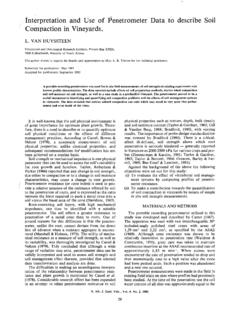Transcription of Soil Particle Size Analysis Test - Office of …
1 Particle size Analysis1 Department of Sustainable Natural ResourcesSOIL SURVEY STANDARD TEST METHODPARTICLE size Analysis ABBREVIATED NAMEPSATEST NUMBERP7 TEST METHOD TYPEBVERSION NUMBER3 RECORD OF AMENDMENTSV ersionDate Reason For/Nature Of Amendment 3 This version does not include a 980 minutereading. The graph is extended to interceptthe mm size Analysis2 SCOPEP article size Analysis is the standard laboratory procedure for the determination of theparticle size distribution of a consists of an assembly of ultimate soil particles (discrete particles ) of various shapesand sizes. The object of a Particle size Analysis is to group these particles into separateranges of sizes and so determine the relative proportion by weight of each size method employs sieving and sedimentation of a soil /water/dispersant suspension toseparate the particles .
2 The sedimentation technique is based on an application of Stokes'law to a soil /water suspension and periodic measurement of the density of the APPARATUS soil hydrometer (ASTM 152H hydrometer preferred). Uniform set of sedimentation cylinders with internal depth of 340 20 mm and capacity of1 L. (See Note 1.) , and mm sieves. Interval timer. End-over-end shaker, rotating at 15 sodium hexametaphosphate (Calgon)Dissolve 250 g of sodium hexametaphosphate in 900 mL of warm deionised water. When cool,add sufficient sodium carbonate to bring to pH 8 or 9 and dilute to 1 L with deionised PREPARATIONC arry out sample preparation according to Sample Receipt, Preparation and Storage (S1A/5).
3 Weigh and record the whole sample. Pass the sample through the mm and 2 mm sievesmaking sure that no aggregates are retained on the sieve. Alternatively, the sample may bepassed through a mechanical crusher with apertures of 2 mm to obtain the material <2 and record the amount of particles > mm and to size Analysis3 SAMPLE PRETREATMENTIf necessary, the following pretreatment should be done on the sample prior to of soluble saltsIf electrical conductivity (1:5)> dS/m and the clay flocculates in a 1:5 suspension,then soluble salts should be removed as follows:1. Weigh 50 g of air dry soil (<2 mm) into a shaking bottle.
4 Half fill the bottle with hot tapwater and shake for 10 minutes. Allow the soil to settle until the supernatant is Siphon off the clear liquid. Refill with deionised water and repeat until the clay beginsto disperse. Do not repeat more than four AND SHAKING1. If the soil has been pretreated, add 200 mL of deionised water and 20 mL of 25% If there has been no pretreatment, place 50 g of air-dry soil (<2 mm) into a shaking 200 mL of deionised water and 20 mL of 25% sodium Place the bottles on an end-over-end shaker and shake for 16 hours (overnight) at 15 size Analysis4 Figure 1. Dimensional features of ASTM 152H hydrometer for the purpose of calculating effective depthHYDROMETERThe value of effective depth (L) for each hydrometer (see Figure 1) and the sedimentationcylinder in which it is to be used should be calculated as follows:For all readings, the hydrometer is placed in the suspensions 20 seconds before each.
5 L=Effective depth (mm)L1=Distance along the stem of the hydrometer from the top ofthe bulb to the mark for a hydrometer reading (mm)L2=Overall length of the hydrometer bulb (mm)Vb=Volume of hydrometer bulb (cm )A=Cross-sectional area of sedimentation cylinder (cm )The volume of the hydrometer bulb (Vb) can be measured by the rise in level of water in a 250mL measuring cylinder, initially filled to the 150 mL mark. An effective depth (L) should beworked out for each of the major calibration marks from 60 to 5 g/L on each hydrometer. (SeeNote 2.)) 2( 1 Vb/ALLL += Particle size Analysis5 SEDIMENTATION 1.
6 On completion of shaking, transfer the prepared and dispersed samples to 1 L measuringcylinders. (See Note 1.) Fill to the 1 L mark with deionised water. Note the Stir with a plunger for 20 30 seconds ensuring that all material at the bottom is brought intosuspension. At the end of stirring, remove the plunger and immediately start the After 4 minutes sedimentation, immerse the hydrometer to a depth slightly below its floatingposition and allow it to float freely. Take a reading at 5 minutes. Read at the top of themeniscus and record readings to the nearest Remove the hydrometer slowly, rinse clean and place in a sedimentation cylinder filled withdeionised water and 20 mL of 25% sodium hexametaphosphate (blank solution).
7 The watertemperature in the blank cylinder must be the same as that of the soil Re-insert the hydrometer in the soil suspension for readings at periods of 30, 93 and 420minutes, taken in the same manner as above. If it is not possible to take a 420 minutereading, take a substitute reading at the end of the day, noting the elapsed At about the same time as each soil suspension hydrometer reading, take a hydrometerand temperature reading (to the nearest C) of the blank solution. Read the hydrometerat the top of the meniscus. The hydrometer should be left in the blank solution MEASUREMENT1.
8 Pass the contents of the cylinder through the mm sieve and thoroughly wash free ofall fine particles . Those particles retained on the sieve are the coarse sand Transfer the coarse sand from the sieve into a preweighed, numbered weighing tin. Placein a drying oven between 105 C and 110 C. When dry, cool in a desiccator and size Analysis6 CALCULATIONSC alculate for each hydrometer reading the summation percentage (P).Where: H=Hydrometer reading in soil suspension (g/L)B=Hydrometer reading in blank solution (g/L)For the coarse sand fraction:Where:J =Oven-dry (OD) weight of sand from sieve (g)Where on a whole soil basis:Where:ODW =OD weight of fine earth (< mm) used in hydrometeranalysis (g)J =OD weight of gravel (> mm) from sieve (g)ODWF =OD weight of total fine earth (< mm) (g)For the gravel fraction:Where.
9 G=Weight of gravel (> mm) from sieve (g)ODWF=OD Weight of total fine earth (< mm) (g)WxBHP100 ) ( (%) = W100 xJ(%)SandCoarse=ODWODWFGxODWW) ( +=) /(100 (%) ODWFGxGGravel+= Particle size Analysis7 Calculate the Particle size (D) at different times from the relationship: Where:K=Sedimentation constant, which varies with temperature andparticle densityL=Tabulated effective length for the hydrometer reading (mm)T=Time (minutes)If the Particle density of the soil is known, use that value in the K table. Otherwise, use a valueof Mg/m . Values for K for a range of temperatures and density are listed in Table 1 (onlast page).
10 Plot cumulative percentage (P) versus Particle size diameter (D) on a semi-logarithmic, 4 cyclegraph paper. Interpolate from the curve the percentage for: clay=< mmsilt= mmfine sand = mm (See Note 4.)coarse sand= mmgravel=> mmREFERENCESL aker, MC & Dupreez, CC 1982, An investigation into the accuracy of hydrometers for soilparticle size determination. Agroplantae, 14:17 Association of Australia. AS Determination of the Particle SizeDistribution of a soil : An Analysis by Sieving in Combination with Hydrometer Analysis . TLxKxmmD/ )( = Particle size Analysis8 NOTES1. A group of 1 L measuring cylinders need to be as uniform as possible.
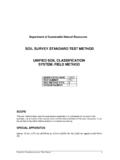
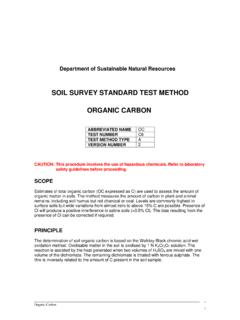
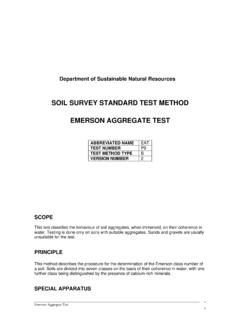
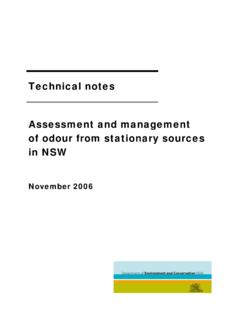
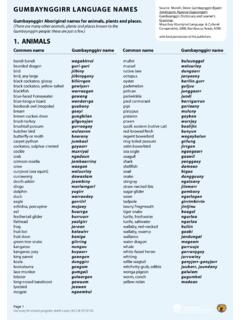
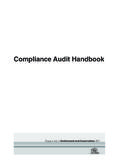

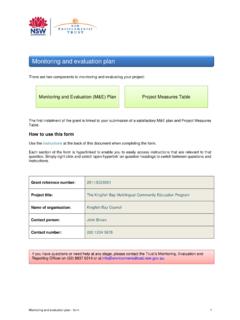
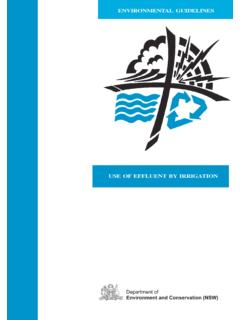
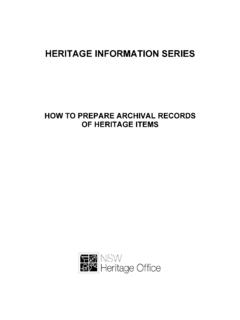
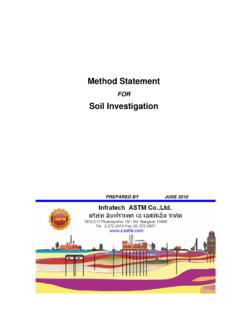
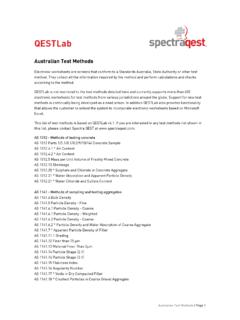
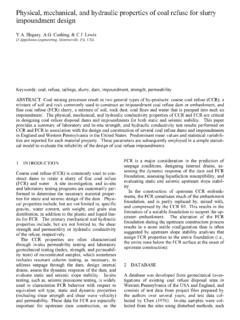
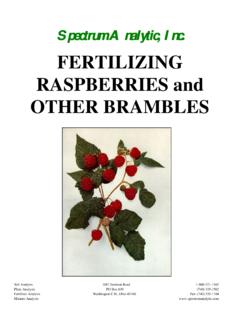
![CFED Phase IV Final Report V[10]](/cache/preview/a/4/7/c/4/e/0/f/thumb-a47c4e0fdbaba3f9a2b52c184a425d9f.jpg)
